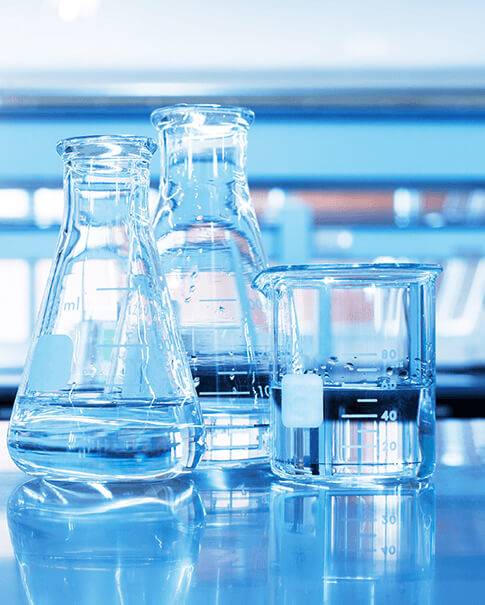
Method for microbial degradation of polyacrylamide
Nov 11, 2024Polyacrylamide (PAM) is a water-soluble polymer commonly used in various industries, including wastewater treatment, agriculture, and mining. However, it is important to handle and use PAM safely to minimize any potential risks. Here are some safety considerations when working with polyacrylamide:
1. Personal Protective Equipment (PPE): Wear appropriate PPE, including gloves, safety goggles, and a lab coat or protective clothing, to prevent skin and eye contact with the polymer.
2. Handling and storage: Store polyacrylamide in a cool, dry place to prevent moisture absorption. Avoid direct sunlight, extreme temperatures, and contact with incompatible substances.
3. Inhalation and ingestion precautions: Avoid inhaling polyacrylamide dust or vapors. Do not eat, drink, or smoke when working with PAM. Wash hands thoroughly after handling.
4. Spill management: In the event of a spill, prevent the spread of material and minimize exposure. Use absorbent materials such as sand, vermiculite, or commercial spill kits to contain and clean up the spill. Dispose of the contaminated waste properly according to relevant regulations.
5. Disposal: Dispose of polyacrylamide waste in accordance with local regulations and guidelines. Do not pour it down the drain or dispose of it in normal trash bins.
6. Read and follow safety data sheets (SDS): Consult the SDS provided by the manufacturer for detailed safety information on the specific type of polyacrylamide you are working with. The SDS contains important information about potential hazards, first aid measures, and handling precautions.
It is important to note that this information serves as a general guideline, and specific safety requirements may vary depending on the intended application and concentration of polyacrylamide. Always follow the safety instructions provided by the manufacturer and any applicable regulatory in your region.